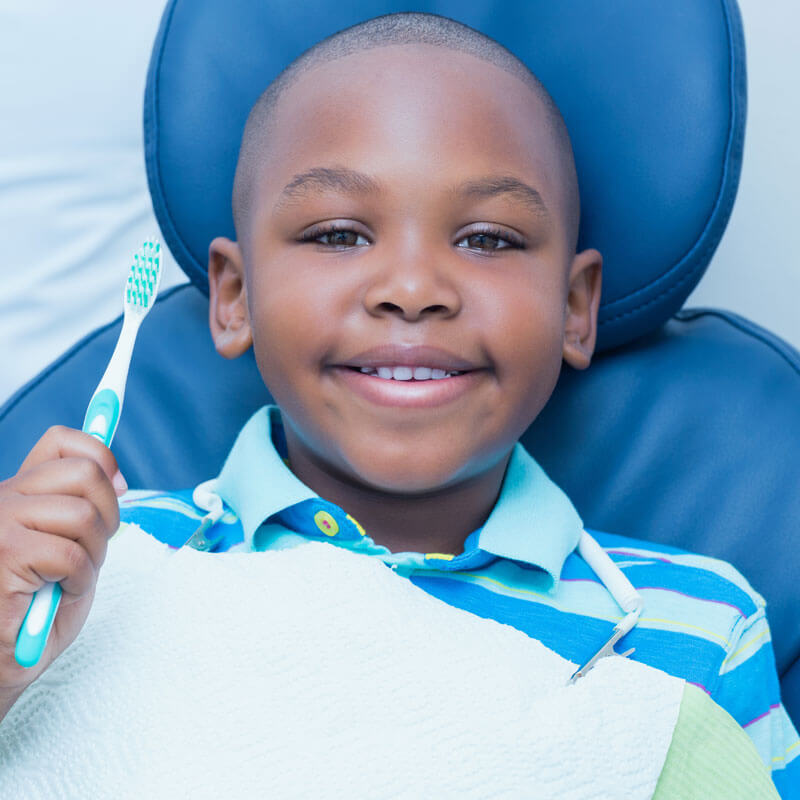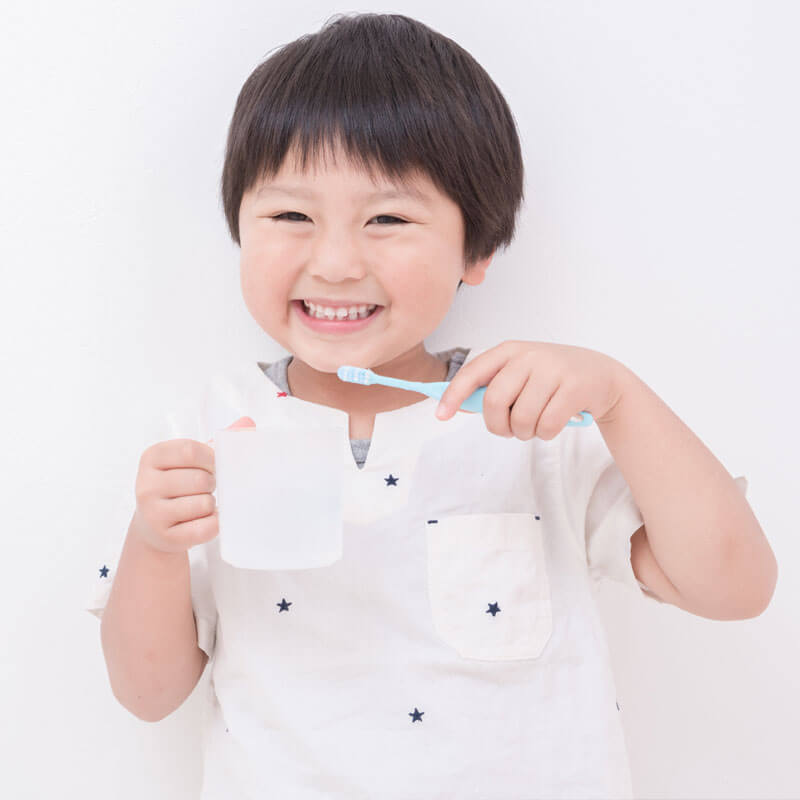A child’s smile is constantly evolving. Because many dental problems can be avoided, we want to equip your family with vital information that can keep teeth strong.
Understanding Tooth Decay:
- Cavities are caused by bacteria that live off of the foods and drinks we consume. Sugars and processed foods cause these bacteria to thrive. The outer layer of enamel begins to demineralize and bacteria creates a hole (cavity) in the enamel.
- These bacteria can easily spread to adjacent teeth.
- Cavities are non-reversible and must be cleaned out and repaired with a filling or other dental restoration.
Home Care for Kids:
- Brush your child’s teeth twice daily.
- Floss once daily.
- Use a tiny smear of fluoridated toothpaste until your child is 3, then use a pea-sized amount.
Promoting Dental Health through Dietary Choices:
- Tap water contains regulated fluoride levels that are ideal for healthy tooth development.
- Encourage your child to limit sweets and processed foods.
Bedtime Practices for Optimal Oral Health:
- Avoid putting your baby to bed with a sippy cup or bottle of anything other than water. Children that sip on milk or juice while sleeping or throughout the day, often have “baby bottle tooth decay”.






